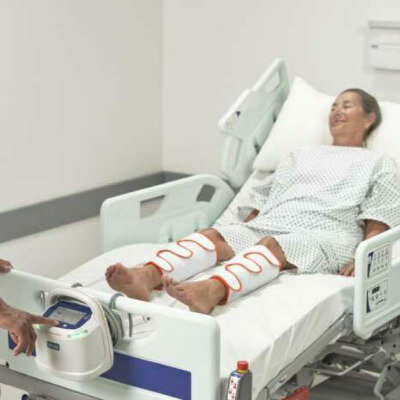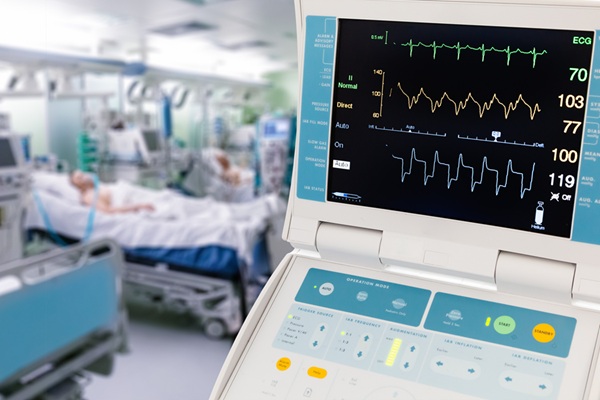Bipolar Sealing Device Offers More Uniform Tissue Compression
|
By HospiMedica International staff writers Posted on 28 Jun 2011 |
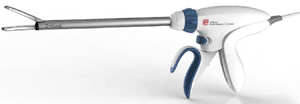
Image: The Enseal G2 Super Jaw advanced bipolar sealing device (Photo courtesy of Ethicon Endo-Surgery).
An advanced bipolar sealing device delivers uniform compression across the entire length of the jaw, with a seal strength that withstands up to seven times normal systolic blood pressure.
The Enseal G2 Super Jaw is based on proprietary I-BLADE technology, designed for open surgical procedures such as colorectal, gynecological, and general surgery. Based on advanced bipolar technology, the device delivers high uniform compression for sealing vessels consistently along the length of the 40 mm curved jaw. A polymer compound within the jaw uses positive temperature coefficient (PTC) technology to modulate energy flow, thus maintaining a constant temperature of approximately 100 °C, minimizing tissue sticking, charring, and smoke.
The jaws contain a temperature-sensitive matrix with embedded conductive carbon spherules designed to "sense" tissue characteristics. It uses extremely high jaw compression to create uniform tissue effects. In addition, the G2 Super Jaw's offset electrode design focuses and contains energy within the jaws, minimizing thermal spread to approximately one mm. The Enseal G2 Super Jaw is a product of Ethicon Endo-Surgery (Blue Ash, Cincinnati, OH, USA).
"Surgeons need to be able to control heat and have effective seal compression from their advance energy devices while at the same time respecting the tissue," said Professor of surgery Clyde Neal Ellis, MD, of Temple University (Philadelphia, PA, USA). "Until the Enseal G2 Super Jaw, this was not possible with large jaw energy devices. Surgeons now have a technology that is strong on providing consistent compression through the seal and is gentle on tissue; there is no longer a need to compromise."
Vessel sealing devices (VSDs) promise less blood loss, less surgical time, and improved efficiency, but also have potential complications. VSDs acts by low constant voltage, pulsed high current, and impedance feedback. With high coaptive pressure, 100% hydrogen cross-links are first ruptured in the blood vessel, forming a firm vascular seal.
Related Links:
Ethicon Endo-Surgery
Temple University
The Enseal G2 Super Jaw is based on proprietary I-BLADE technology, designed for open surgical procedures such as colorectal, gynecological, and general surgery. Based on advanced bipolar technology, the device delivers high uniform compression for sealing vessels consistently along the length of the 40 mm curved jaw. A polymer compound within the jaw uses positive temperature coefficient (PTC) technology to modulate energy flow, thus maintaining a constant temperature of approximately 100 °C, minimizing tissue sticking, charring, and smoke.
The jaws contain a temperature-sensitive matrix with embedded conductive carbon spherules designed to "sense" tissue characteristics. It uses extremely high jaw compression to create uniform tissue effects. In addition, the G2 Super Jaw's offset electrode design focuses and contains energy within the jaws, minimizing thermal spread to approximately one mm. The Enseal G2 Super Jaw is a product of Ethicon Endo-Surgery (Blue Ash, Cincinnati, OH, USA).
"Surgeons need to be able to control heat and have effective seal compression from their advance energy devices while at the same time respecting the tissue," said Professor of surgery Clyde Neal Ellis, MD, of Temple University (Philadelphia, PA, USA). "Until the Enseal G2 Super Jaw, this was not possible with large jaw energy devices. Surgeons now have a technology that is strong on providing consistent compression through the seal and is gentle on tissue; there is no longer a need to compromise."
Vessel sealing devices (VSDs) promise less blood loss, less surgical time, and improved efficiency, but also have potential complications. VSDs acts by low constant voltage, pulsed high current, and impedance feedback. With high coaptive pressure, 100% hydrogen cross-links are first ruptured in the blood vessel, forming a firm vascular seal.
Related Links:
Ethicon Endo-Surgery
Temple University
Latest Surgical Techniques News
- Neuroform Atlas Stent-Assisted Coiling Found Effective Even in Smaller Arteries
- New Surgical Technique Safely Removes Giant Nerve Tumors
- Breakthrough Polymer Significantly Improves Safety of Implantable Medical Devices
- First-Ever Technology Makes Blood Translucent During Surgery
- Tibia Nailing System with Novel Side-Specific Nails to Revolutionize Fracture Surgery
- New Imaging Probe to Transform Brain Cancer Surgery
- New Technology More Than Doubles Success Rate for Blood Clot Removal
- Surgical Ablation During CABG Improves Survival in Patients with Preexisting Atrial Fibrillation
- New Battery Technology Delivers Additional Power to Implantable Medical Devices

- New Model Reveals Optimal Positioning of Orthopedic Screws in Fractures
- Non-Invasive Tool for Removing Lung Cancer Tumors Reduces Surgical Trauma
- Advanced Imaging Endoscopes to Revolutionize Detection and Treatment of Gastrointestinal Disorders
- Novel Mechanical Heart Valve Improves Blood Flow and Lowers Risk of Blood Clots
- First-of-Its-Kind Device Replaces Mitral Valve Without Open-Heart Surgery
- Innovation in Thermographic Neurosurgical Imaging Supports Informed Decision-Making
- Fluorescent Soft Robots Accurately Locate Early Gastric Cancer During Laparoscopic Surgery
Channels
Critical Care
view channel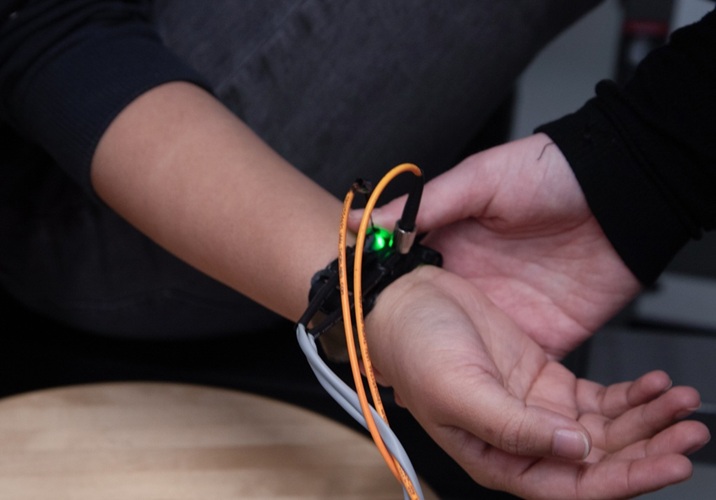
Cuff-Free Blood Pressure Monitoring Device to Improve Early Detection and Management of Hypertension
Hypertension affects nearly half of all adults in the U.S. and remains the leading cause of cardiovascular disease. Regular and accurate blood pressure monitoring is essential for managing this condition,... Read more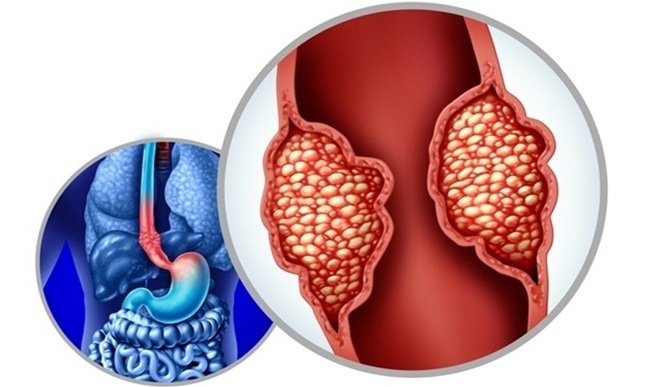
New Understanding of Barrett’s Esophagus Formation to Enable Earlier Intervention and Diagnosis
Barrett’s esophagus is a condition in which the lining of the esophagus—normally composed of squamous epithelial cells—undergoes a transformation into cells resembling those found in the stomach or intestine.... Read morePatient Care
view channel
Revolutionary Automatic IV-Line Flushing Device to Enhance Infusion Care
More than 80% of in-hospital patients receive intravenous (IV) therapy. Every dose of IV medicine delivered in a small volume (<250 mL) infusion bag should be followed by subsequent flushing to ensure... Read more
VR Training Tool Combats Contamination of Portable Medical Equipment
Healthcare-associated infections (HAIs) impact one in every 31 patients, cause nearly 100,000 deaths each year, and cost USD 28.4 billion in direct medical expenses. Notably, up to 75% of these infections... Read more
Portable Biosensor Platform to Reduce Hospital-Acquired Infections
Approximately 4 million patients in the European Union acquire healthcare-associated infections (HAIs) or nosocomial infections each year, with around 37,000 deaths directly resulting from these infections,... Read moreFirst-Of-Its-Kind Portable Germicidal Light Technology Disinfects High-Touch Clinical Surfaces in Seconds
Reducing healthcare-acquired infections (HAIs) remains a pressing issue within global healthcare systems. In the United States alone, 1.7 million patients contract HAIs annually, leading to approximately... Read moreHealth IT
view channel
Printable Molecule-Selective Nanoparticles Enable Mass Production of Wearable Biosensors
The future of medicine is likely to focus on the personalization of healthcare—understanding exactly what an individual requires and delivering the appropriate combination of nutrients, metabolites, and... Read more
Smartwatches Could Detect Congestive Heart Failure
Diagnosing congestive heart failure (CHF) typically requires expensive and time-consuming imaging techniques like echocardiography, also known as cardiac ultrasound. Previously, detecting CHF by analyzing... Read moreBusiness
view channel
Bayer and Broad Institute Extend Research Collaboration to Develop New Cardiovascular Therapies
A research collaboration will focus on the joint discovery of novel therapeutic approaches based on findings in human genomics research related to cardiovascular diseases. Bayer (Berlin, Germany) and... Read more








